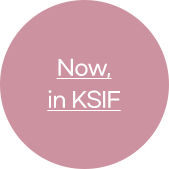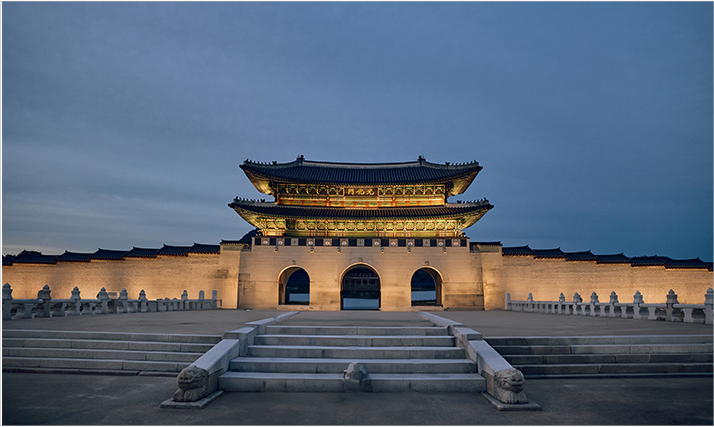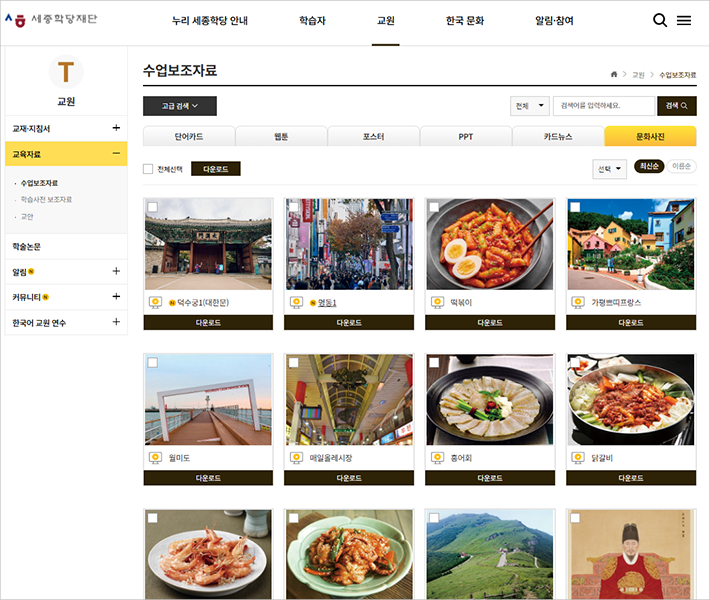

KSIF Releases 115 Photographs
Showcasing the Beauty
of Korea as Public Domain Content
>
From Gwanghwamun to Hanok Villages··· A milestone from KSIF’s first collaboration with the Korea
Culture Information Service Agency
>
Free public access via Nuri KSI through joint efforts with the Korea Culture Information Service Agency
The King Sejong Institute Foundation (Acting President and Secretary General Bae Jong-min, hereafter referred to
as KSIF), in collaboration with the Korea Culture Information Service Agency (President Chung Un-hyun, hereafter
referred to as KCISA), has released newly produced and curated public domain content through the Nuri King
Sejong Institute website (nuri.iksi.or.kr).
Participating in KCISA’s 2024 “Copyright Clearance Support Project for Digital Release of Public Domain
Content,” KSIF produced 115 photographs of Korean culture as public domain content, making them accessible to
Korean language educators and education professionals around the world. The collection includes images of major
cultural heritage sites and tourist destinations such as Gwanghwamun, Changdeokgung Palace, Deoksugung Palace,
Bukchon Hanok Village, and Jongmyo Shrine.
 Public Domain Content Interface on Nuri KSI
Public Domain Content Interface on Nuri KSI
These public domain content are available under KOGL (Korea Open Government License) Type 1 (Attribution
Required), and some of the images will also be incorporated into KSIF’s Korean language textbooks. KSIF has
carefully selected cultural photographs from the jointly produced materials and registered them on the Nuri KSI,
a portal for Korean language and culture resources, where educators can freely download and use them as
supplementary classroom materials. Additionally, the KCISA’s KOGL website (kogl.or.kr) offers access to 1,028
more photographs taken from various angles.
KSIF Secretary General Bae Jong-min commented, “This release of public domain content marks the first tangible
outcome of our collaboration with the Korea Culture Information Service Agency,” adding, “We hope Korean
language educators at home and abroad, as well as those interested in Korean culture, actively utilize these
resources.”